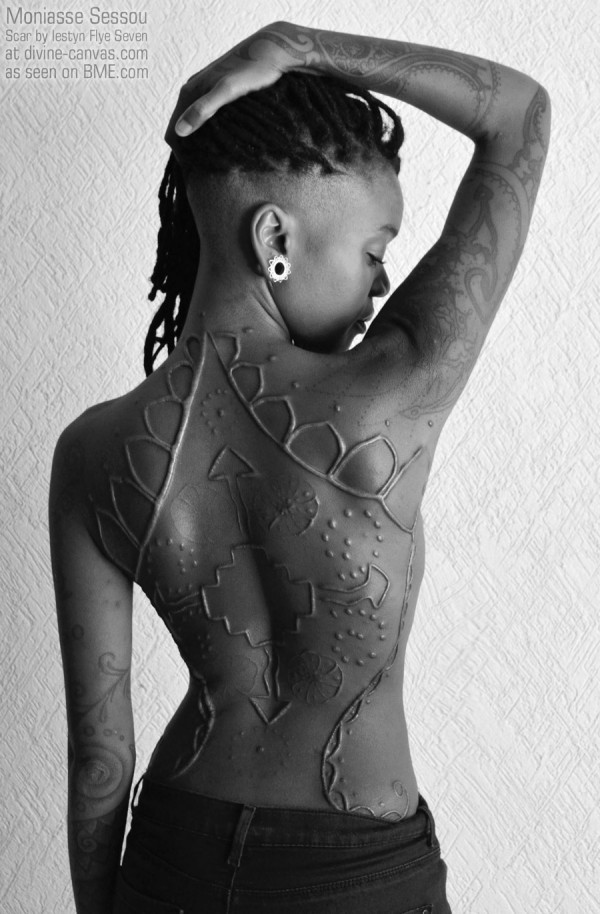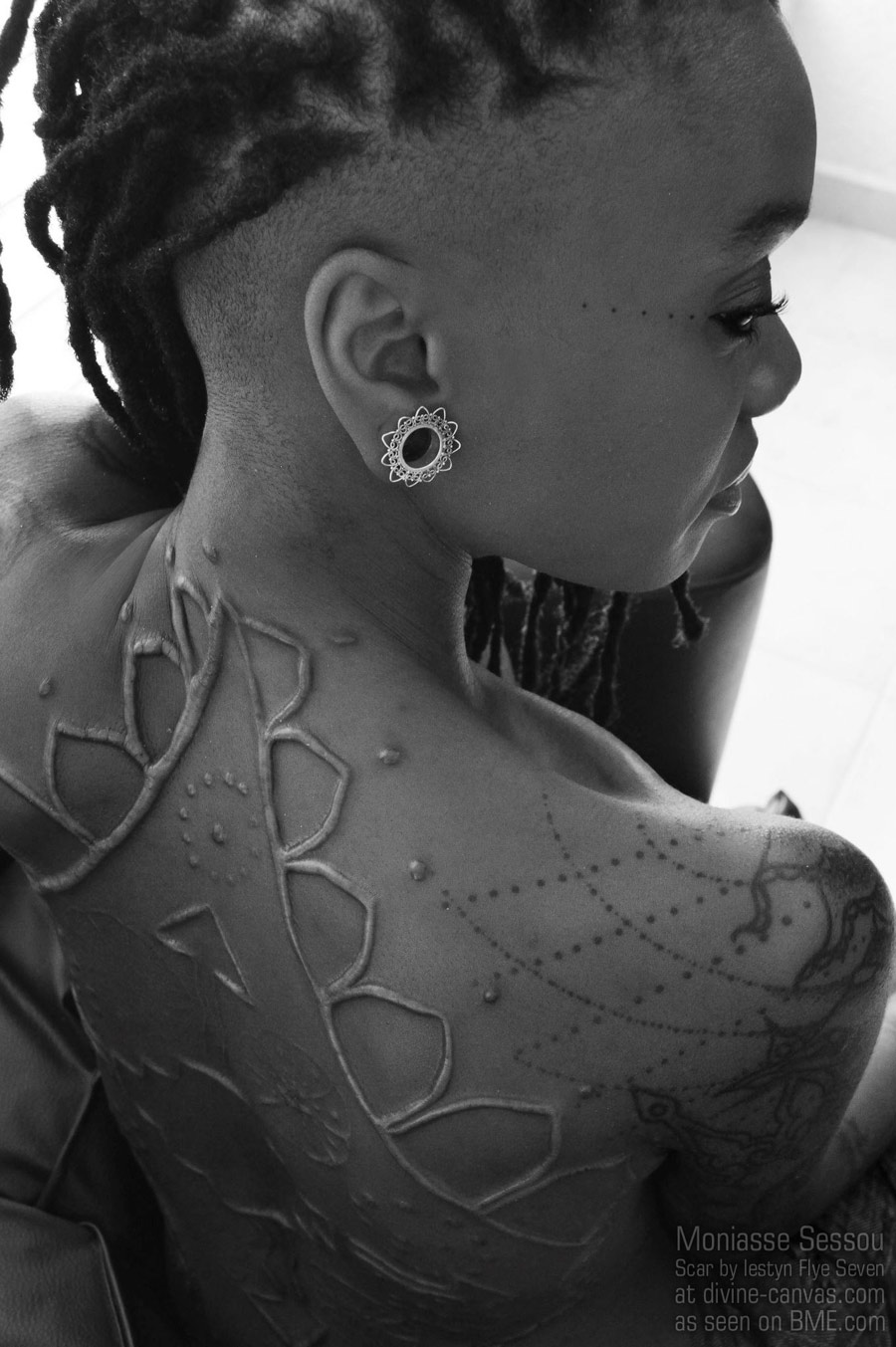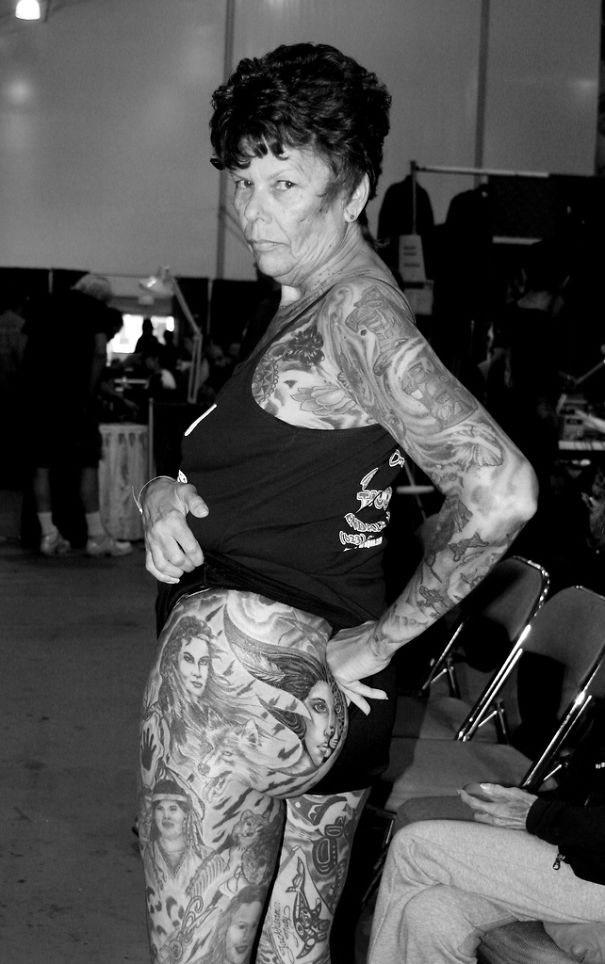Why is Body Modification Popular?
Especially Piercings and Tattoos



According to Wikipedia, body modification (or body alteration) is the deliberate altering of the human anatomy or human physical appearance. It is often done for aesthetics, sexual enhancement, rites of passage, religious beliefs, to display group membership or affiliation, in remembrance of lived experience, traditional symbolism such as axis mundi and mythology, to create body art, for shock value, and as self-expression, among other reasons. In its broadest definition it includes skin tattooing, socially acceptable decoration (e.g., common ear piercing in many societies), and religious rites of passage (e.g., circumcision in a number of cultures), as well as the modern primitive movement.
A Painful Pleasures article writes "Some of the earliest forms of body modification included crude body piercings, tattoos and scarification designs. From there, body modification grew to encompass more extreme forms of body modification, like tongue splitting, implants and suspension, but these aren’t the only ways people modify themselves." The art of tattooing has a rich, complex history that dates back thousands of years. Although people may have been tattooing each other earlier, the oldest tattooed man discovered lived roughly 5,000 years ago. Ötzi’s body was adorned with very crude line and dot tattoos that, in combination with their placement along acupuncture points, indicate that the man was tattooed for either adornment or spiritual reasons as well as for healing purposes.
Popular blog site Love to Know highlighted the origins of Scarification. "In the practice of scarification the dermis and epidermis of the skin are cut, burned (see Branding), scratched, removed, or chemically altered according to the desired designs, symbols, or patterns. The result is a wound, which when healed creates raised scars or keloids that are formed on the skin's surface from increased amounts of collagen. Persons with darker skin tones have typically chosen scarification designs, because scars and keloids are more visible than tattoos."